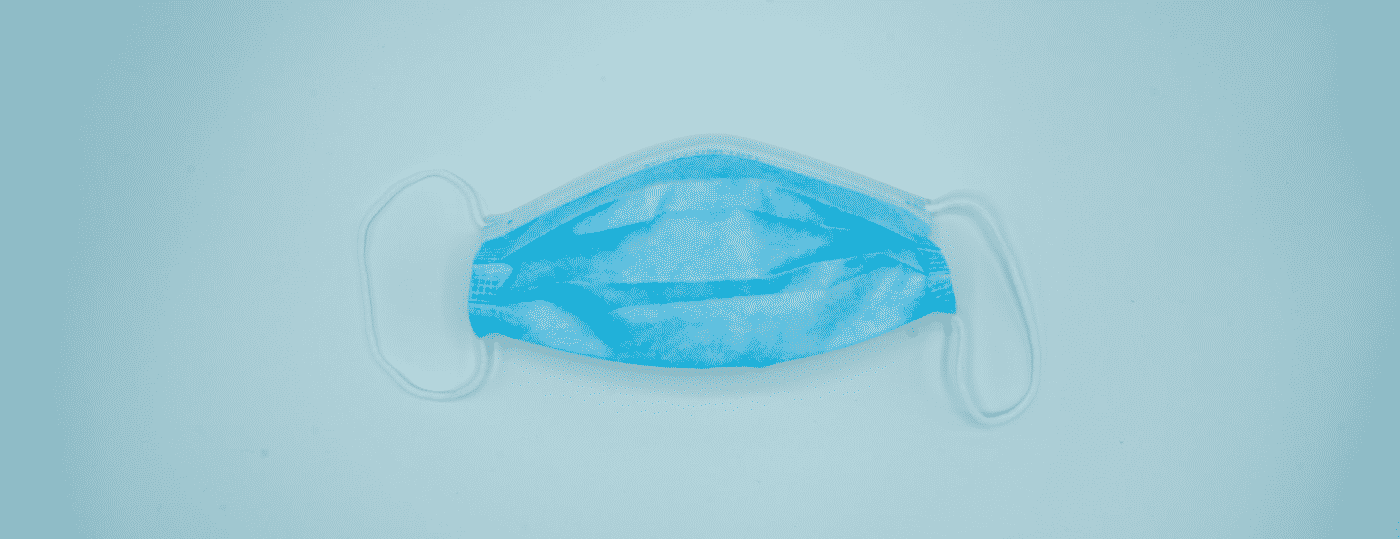Digital PMCF solutions in times of EU MDR and COVID-19

DATE
June 09, 2020
AUTHOR
Veronika | Co-Founder & COO
Clinical data capture is one of the key aspects of the EU Medical Device Regulation (EU MDR), which will come into force in May 2021. The new regulation sets stricter requirements for clinical evaluation and places a much stronger focus on the clinical data capture. Clinical data are basically used to substantiate statements on the safety and clinical performance of medical devices. In addition to the data generated in the pre-market phase, clinical data must also be collected and evaluated as part of a manufacturer’s Post-Market Clinical Follow-Up (PMCF).
PMCF is understood as a continuous process of collecting clinical data from the usage of a device in the context of its intended use. The aim is to confirm the continued safety and clinical performance of the device. Furthermore, the data serves to demonstrate that the identified risks posed by the product remain acceptable in the context of the clinical benefit.
There are various methods for conducting PMCF and the suitability of each method depends on factors such as the general availability of clinical data for this type of product, the risk class of the product and the market situation.
An important PMCF method for collecting clinical data is the use of surveys. When designing these surveys, it is essential to consider the key components of effective data collection, which are discussed in more detail in the section “Best practices for successful surveys”.
6 PMCF Pitfalls to Avoid in the EU MDR Era
Advantages of digital data collection for PMCF to meet EU MDR requirements
In terms of proactive data collection in the post-market phase, digital solutions can offer significant advantages over paper-based methods. Electronic Data Capture (EDC) systems allow for clinical data to be captured in an electronic format. This way, the entire process is streamlined while feeding all data into a holistic system. In addition, solutions with electronic patient reports (ePRO) enable direct feedback of clinical experiences by the patient. While these digital solutions offer a more organized way to capture data, our EU MDR Readiness Survey showed that many companies still use paper to capture clinical data (48% stated it as at least one of their systems) and only a third use an EDC system.
Digital data capture solutions such as EDC typically provide intuitive user interfaces for data entry and may include data validation checks (to ensure that data is in the correct format) or plausibility checks, among other things. This makes the process faster, more efficient and less prone to error. In addition, paper-based PMCF systems require more time and resources. By analysing the duration and costs of PMS processes, it has been shown that electronic systems can save up to 62% of costs compared to paper-based collection methods. In addition, EDC solutions considerably facilitate the retrieval of certain data and files in the case of unannounced audits by Notified Bodies (‘NBs’), which will become more frequent in the context of EU MDR.
Electronic systems also enable more effective cooperation between all parties involved. As PMCF data collection is often performed by several departments simultaneously and companies also need to consult end users, such as doctors and patients, the use of a holistic solution linking all parties involved offers significant advantages. Modern solutions also enable the management of roles and rights, so that sensitive health data is protected and users only see data that is relevant to their area of responsibility. In addition, users can capture information that needs to be transmitted over secure data connections, anytime, anywhere and on any device. EDC solutions can also provide immediate feedback in the form of interactive real-time dashboards that display the collected data as well as immediate notifications in case of (unwanted) events.
Another key advantage of digital solutions over time-consuming, paper-based methods is the ability to automate compliance processes. This allows companies to not only reduce their administrative burden, but also to support the strict traceability and vigilance process required by the EU MDR. Finally, the use of digital solutions for data capture is a much safer choice, provided it is implemented using state-of-the-art data security and privacy measures. As a result, manufacturers can capture and store clinical data in compliance with all relevant standards and regulations.
Advantages of digital data collection at a glance:
- Time savings throughout the entire process from data capture to data evaluation
- Data is available and retrievable anytime, anywhere and by several people simultaneously
- Data integrity, i.e. completeness and consistency, can be checked automatically and efficiently
- Data can be evaluated automatically
- Data security and data protection can be demonstrably guaranteed
Best practices for successful surveys
When generating user-optimized surveys, it is crucial to choose the right design to adequately capture the required clinical data. This section outlines some recommendations on the style, content, and layout of clinical surveys to ensure the collection of relevant, high-quality data points.
When it comes to the length of a questionnaire, less is usually more. In general, one should focus on the data needed to conduct the planned analysis, rather than trying to collect more information than necessary. Since longer questionnaires tend to lose more study participants for follow-up (“loss to follow-up”), a tradeoff must be found between the length of the questionnaire with the associated accuracy and a higher number of participants due to shorter questionnaires. Digital solutions offer powerful features to shorten the survey duration while collecting all relevant information at the same time. For example, dependencies can be implemented to show the user only relevant questions, thus minimizing the frustration of having to answer unnecessary questions.
As far as types of questions are concerned, it is advisable to be as specific as possible and to minimize the use of open-ended questions, as these are more difficult to consolidate into numbers. Open-ended questions should only be used when very detailed information is important, otherwise they will increase the burden on participants, resulting in a lower response rate. The Likert scale should be used when measuring a user’s opinion (for example, questions about usability and design). This scale increases the comparability of results, which increases the likelihood of receiving valuable and relevant feedback.
When designing questionnaires, it is important to consider the key components of an effective survey, such as the principles of empirical research and quantitative interviewing. The content of the questionnaire depends on the topics for which the data is needed. For example, the questions may relate to the following areas:
- Usage of the device or known use errors
- Identified risks, measures to control risks or identify new risks
- (Serious) incidents
- Specific product functions.
If appropriate questions are available on all topics and aspects, a complete questionnaire should be available. Other important aspects are the style and layout of the survey. These factors have been shown to have a direct impact on the quality of the information returned and the time taken by respondents to respond. Visual elements should be used in a consistent manner to define the optimal navigation path for participants. Questions should be asked one at a time to avoid participants feeling overwhelmed by a long list of questions. For example, a progress bar that indicates the degree of completion can increase participants’ concentration and enjoyment when completing the survey and encourage them to complete the entire form. The layout of a survey can also be improved by implementing path dependent sub-questions that guide the user through the survey and make it more user-friendly.
Example survey for masks
Due to the COVID 19 pandemic, there is currently a shortage of medical face masks and personal protective equipment (PPE). Many companies outside the MedTech industry want to help and have started to produce medical masks or PSA. In general, there are two types of masks, which serve different purposes and are subject to different European regulations:
- Products to protect the wearer from hazardous substances such as aerosols, dust and microorganisms. They are referred to as “filtering face piece (FFP2 / FFP3)” or “respiratory protection mask”. These products are not medical devices, but are subject to the regulation “Personal Protective Equipment” 425/2016 (PPE).
- Masks worn by medical staff for the protection of the patient. These are referred to as “surgical masks” or “mouth and nose protection (MNS)”. These products are medical devices and are subject to Directive 93/42/EEC (MDD) or Regulation 745/2017 (EU MDR).
As the medical masks are covered by the EU MDR, the requirements for the PMCF must also be met. As an example of a collaboration between qtec and Climedo, a survey for masks has been created to help the new economic actors to meet the challenges of the PMCF. Qtec is the qualified and flexible partner supporting manufacturers of medical technology and in vitro diagnostics in the German-speaking region and supports with more than 50 experts from the product idea to Post-Market Surveillance (PMS). Climedo Health offers intelligent software solutions for automating and accelerating clinical data capture to meet PMS and PMCF requirements in line with the EU MDR.
Here is an example of a good PMCF survey for masks, created with Climedo’s eSurvey feature.
Want to find out more? Contact us!
Contact qtec group
info@qtec-group.com
+49 4 51 80 85 03 60
Read a guest blog post by qtec group on “Verification versus Validation” here.






